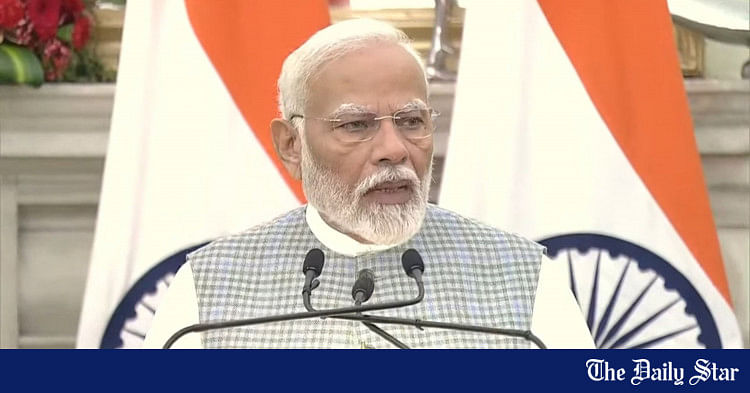- 3,299
- 1,247
- Axis Group

Did Rishi Sunak do any favor to India or Hindus? Tulsi won't either. She will serve the US interest not India.
I fully agree with you. We need a India friendly government not an Indian. This is the reason why Indians wanted Trump to come to power and not Kamala. Trump is pro India and friend of Modi. Tulsi will have full freedom to pursue her Pro Hindu agenda which is in the interest of US as well. There are some major Blocks. On one side, it is US and Europe, On one side it is Islamic nations, on other side it is India. In US and Europe block, there are 2 groups. One is leftist and another is nationalist. BJP and Republicans are both nationalist and thus they enjoys batter relation when they are in power.




















